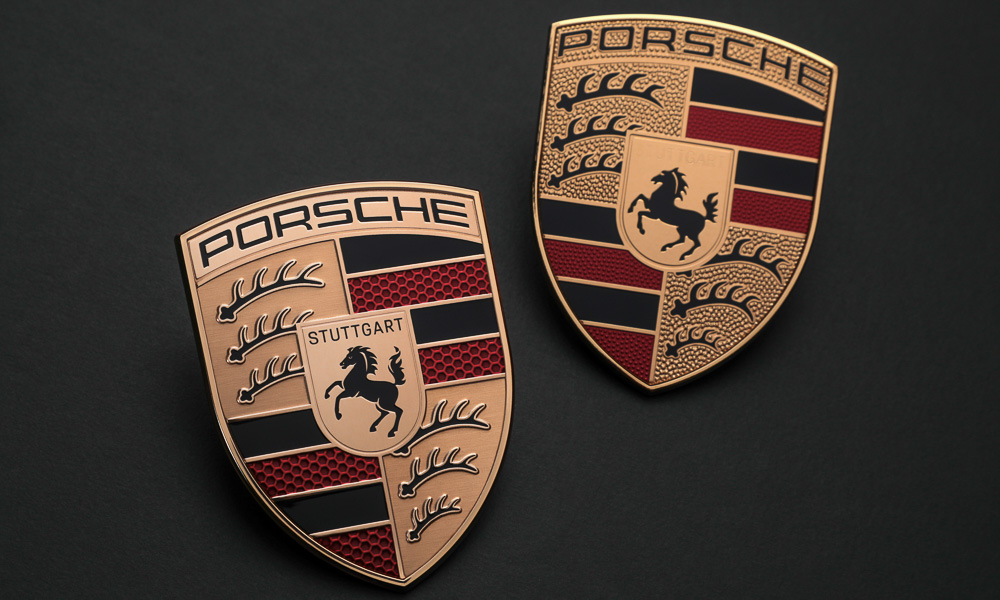
Porsche revealed an updated crest during its 75th-year celebrations. The refresh from the previous crest includes a softer shade of gold, a more detailed horse, a three-dimensional honeycomb finish, and a more prominent “Stuttgart” lettering.
“With its cleaner and more state-of-the-art execution, the refined crest communicates the character of Porsche,” shared Michael Mauer, vice president of Style Porsche. “The result is an aesthetically ambitious arc that bridges the history and the future of the brand.”
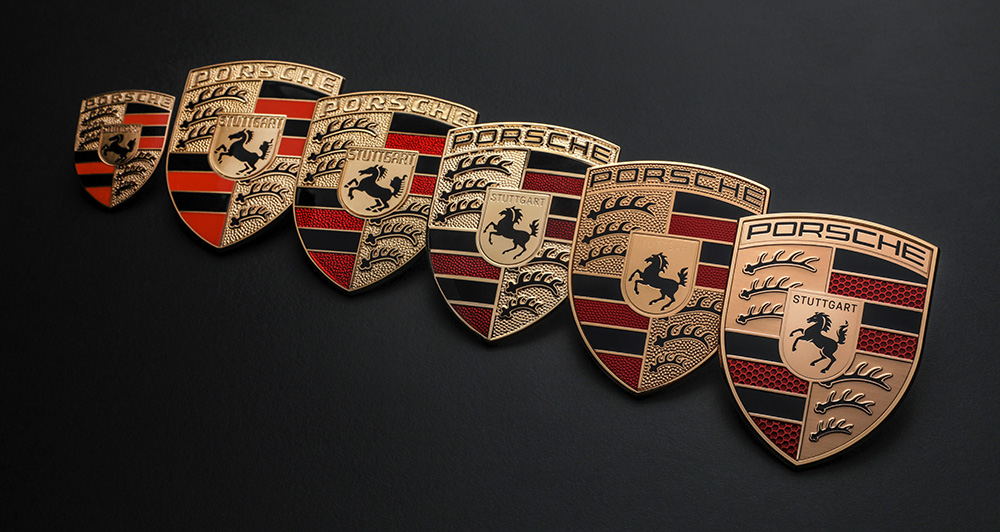
It took three years to modernize the logo, considering the execution in 2D and 3D forms—from applying it to the exterior and the interior of the cars to brand communication purposes. The application of the new crest on the vehicles will start at the end of this year. Previous crests for older models, meanwhile, are available through the Porsche Classic program.
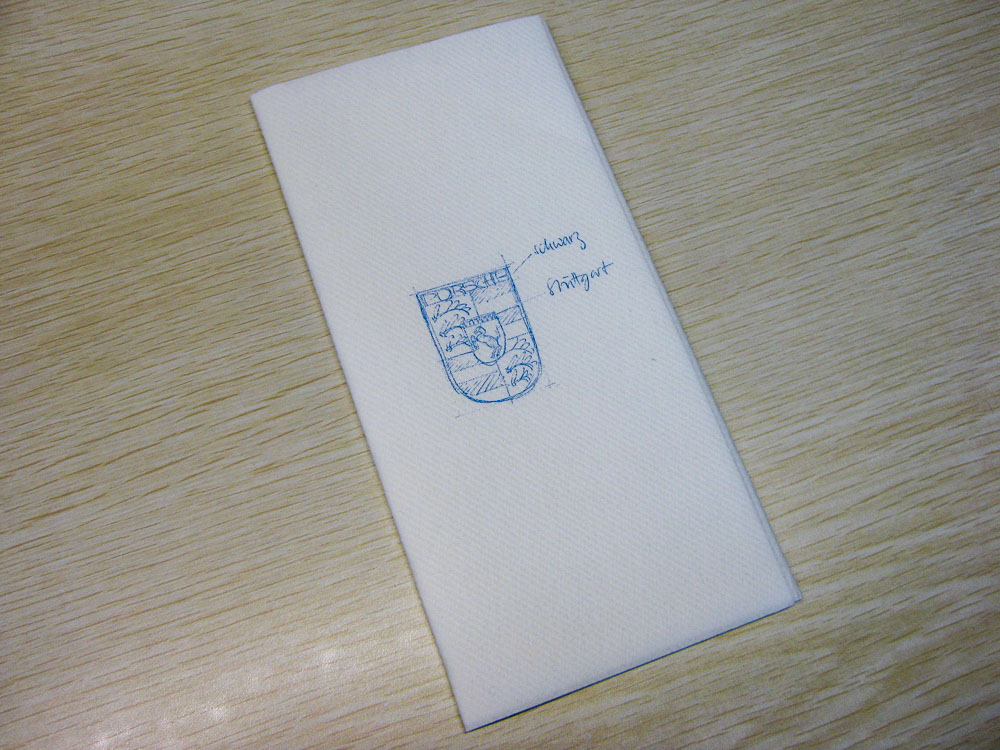
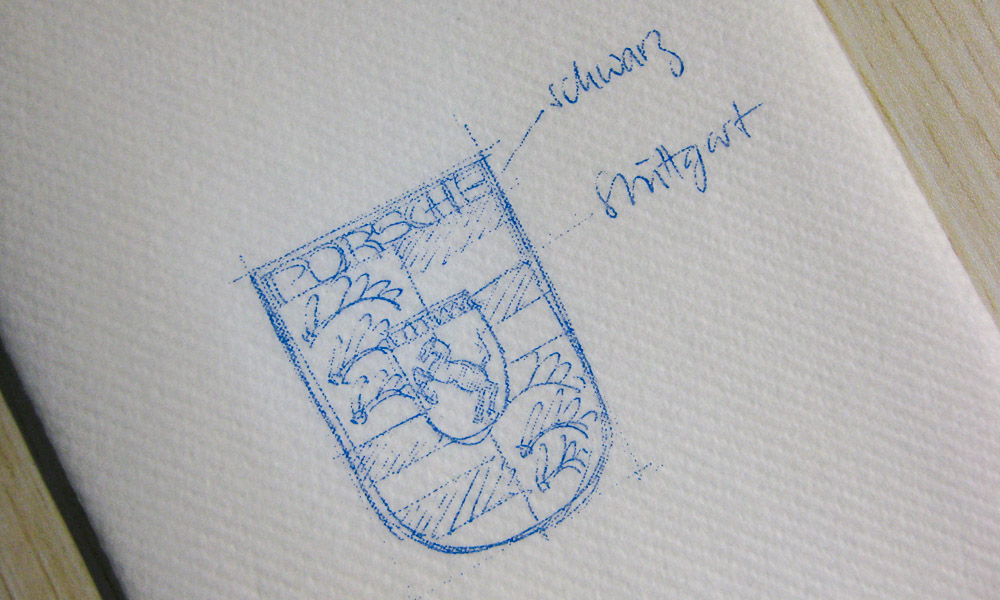
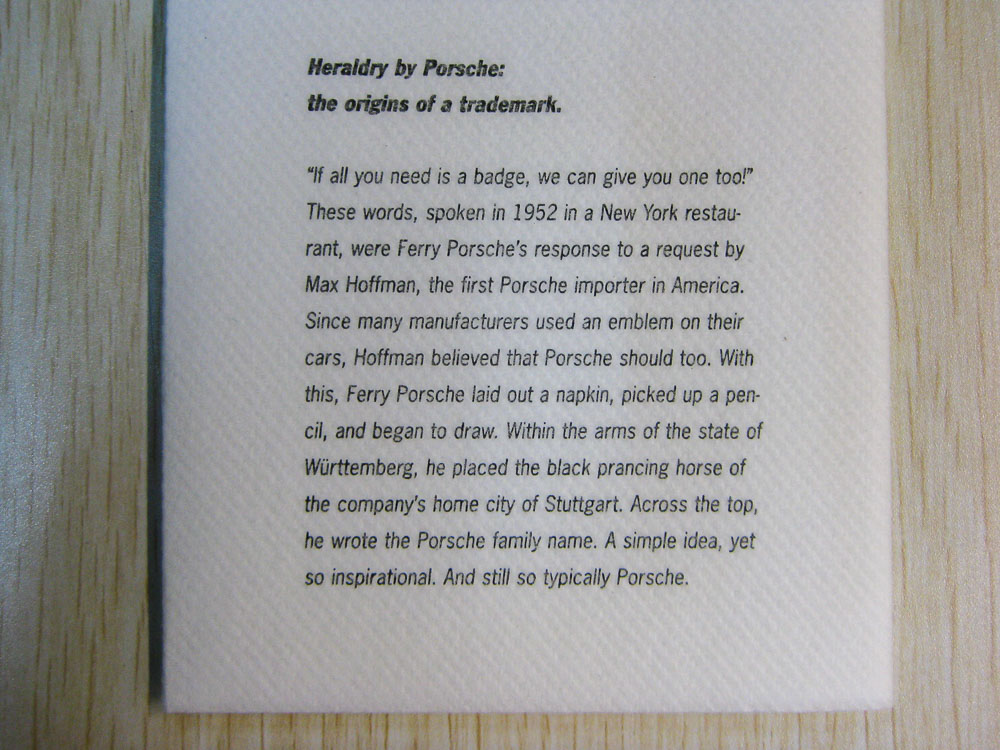
Ferry Porsche (son of Porsche founder Ferdinand Porsche) drew the initial crest of his sports cars on a napkin at a restaurant in New York in April of 1952, as suggested by Max Hoffman, Porsche’s first importer in the US.
The crest was introduced on the steering wheel of the 356 Pre-A later that year after Porsche had approved the final study. The logo then appeared on the hood handle of the Pre-A in 1954. When the first 911 (Type 901) was introduced in 1963, it had a larger crest. It was updated in 1973, 1994, and 2008.
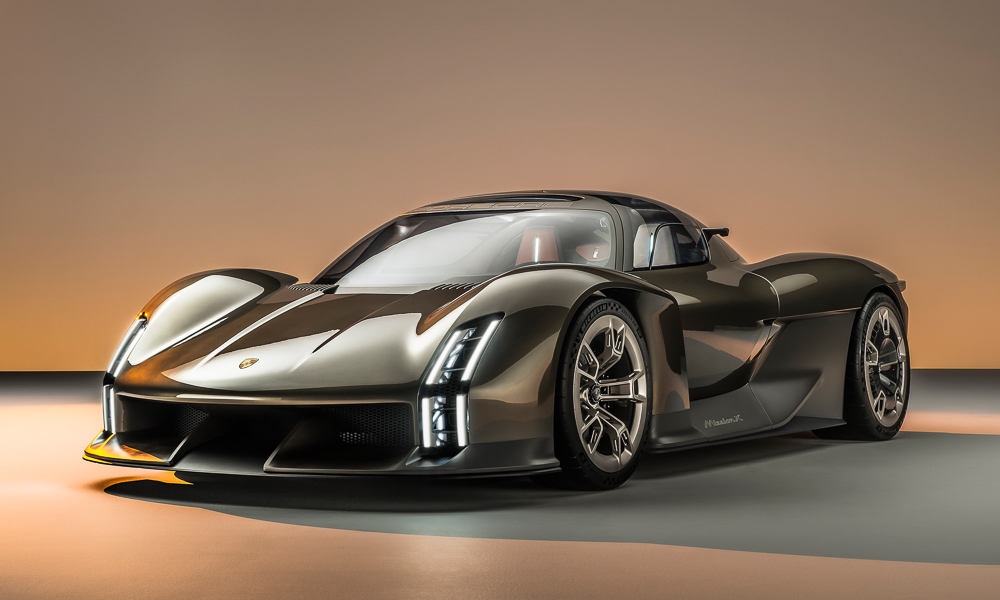
Porsche also premiered its latest concept, the Mission X, a reimagination of a hypercar.
“The Porsche Mission X is a technology beacon for the sports cars of the future,” said Oliver Blume, chairman of the executive board of Porsche AG. “It picks up the torch of iconic sports cars of decades past. Like the 959, the Carrera GT, and the 918 Spyder before it, the Mission X provides critical impetus for the evolutionary development of future vehicle concepts.”
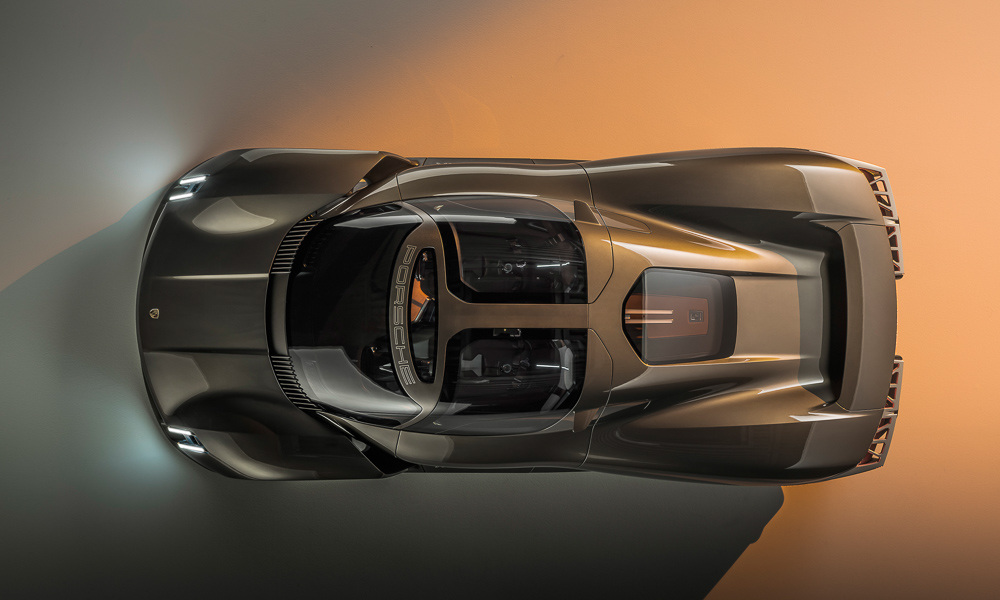
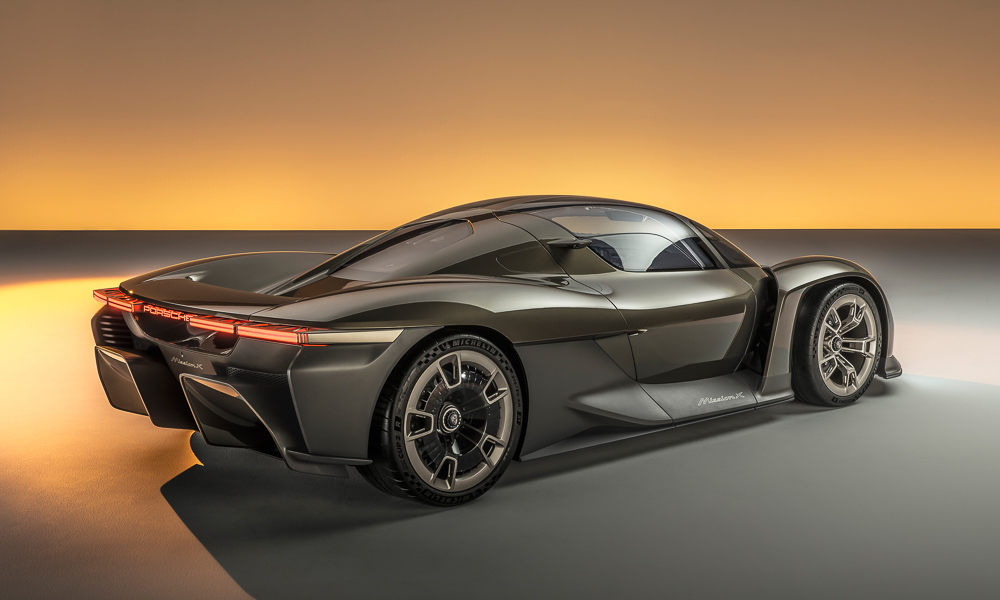
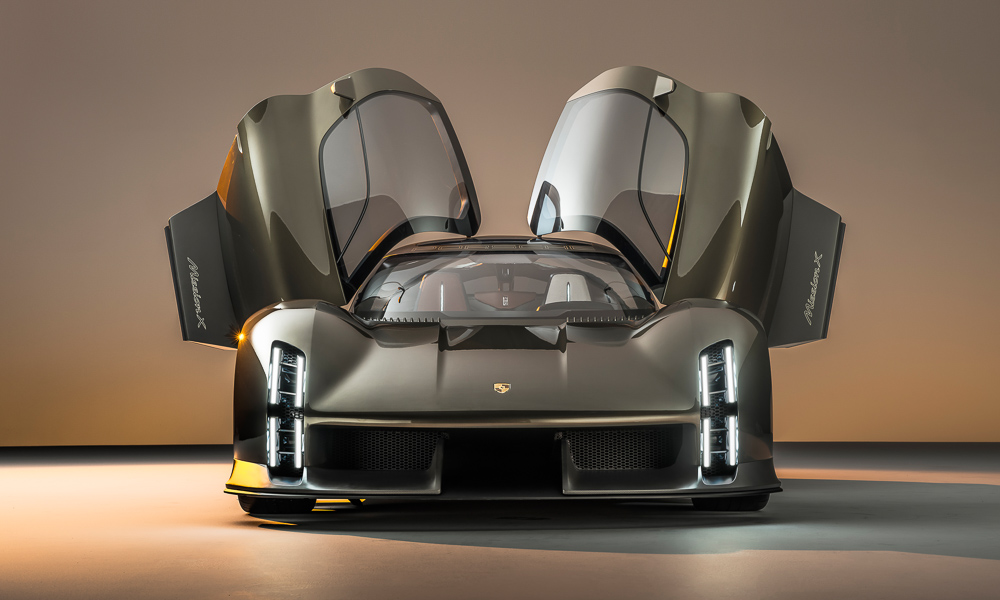
With bulging front fenders, low hood, and glass dome section, styling is reminiscent of the 907, a sports car prototype introduced for the 24 Hours of Le Mans in 1967. It has Le Mans-style doors, which open forward and upward.
The most striking feature is the vertical four-point headlights, a modern take on the 907’s vertical pair of round headlights. Porsche’s four-point light signature is typically horizontal. The Mission X also sports the company’s trademark light strip at the rear, interfered with Porsche lettering.
Dimensions-wise, the concept study is about 4.5m long, 2m wide, and less than 1.2m tall, with a wheelbase of 2.73m, giving it the same size as the Carrera GT and the 918 Spyder. Twenty-inch wheels are at the front, and 21-inch ones at the rear.
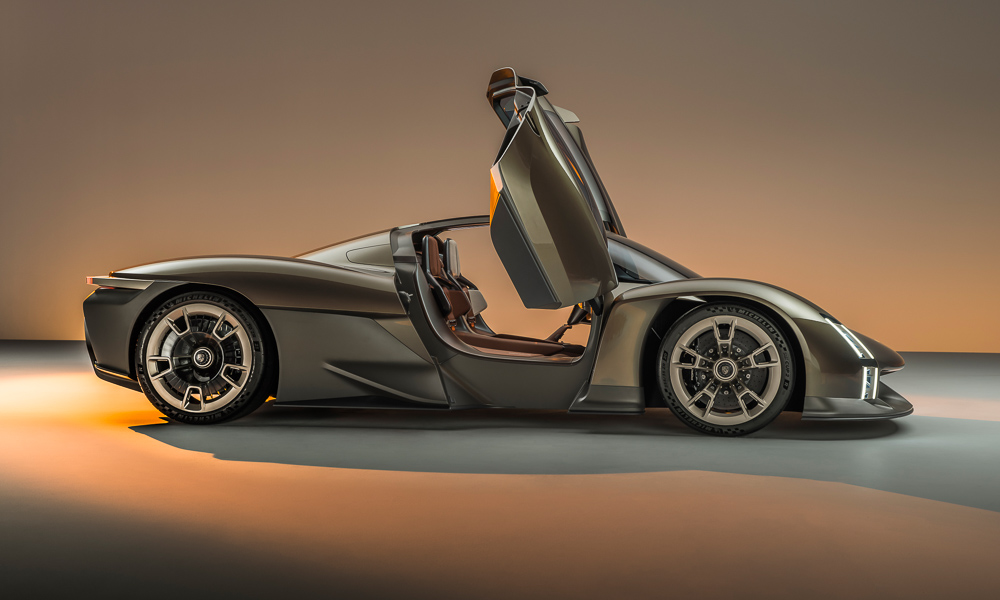
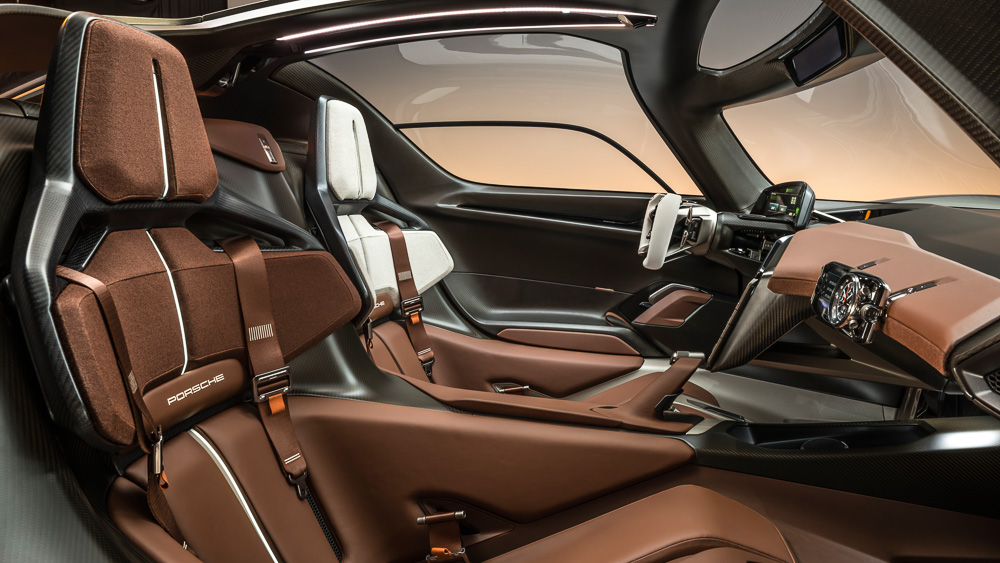
The exterior is finished in Rocket Metallic, a color particularly created for the Mission X. A carbon-weave finish (with a satin finish) is utilized below the beltline, while the glass dome is made of carbon-fiber-reinforced plastic. Capping all this off is the updated Porsche crest, debuting on the Mission X.
While the interior is dominantly Andalusia Brown, an interesting feature is the pair of two seats colored differently. The driver’s seat is Kalahari Gray, matching the center console and the dashboard. Adding to the racy feel is an open-top steering wheel.
Resembling a mid-engined sports car, the battery is centrally behind the seats. The objective of the Mission X is to take e-performance to the next level. If this goes into production, Porsche wants it to be the fastest road-legal vehicle around the Nurburgring Nordschleife.


0 Comments